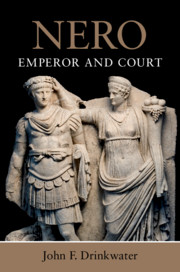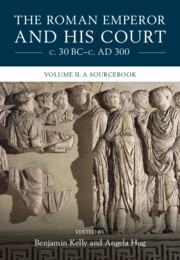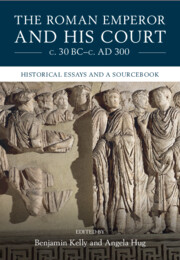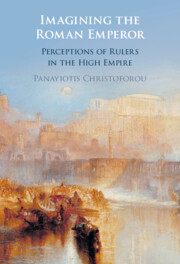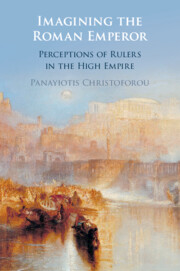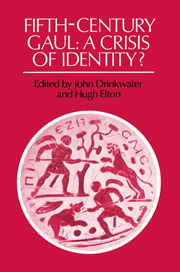Nero
This book portrays Nero, not as the murderous tyrant of tradition, but as a young man ever-more reluctant to fulfil his responsibilities as emperor and ever-more anxious to demonstrate his genuine skills as a sportsman and artist. This reluctance caused him to allow others to rule, and rule surprisingly well, in his name. On its own terms, the Neronian empire was in fact remarkably successful. Nero's senior ministers were many and various, but notably they included a number of powerful women, such as his mother, Agrippina II, and his second and third wives, Poppaea Sabina and Statilia Messalina. Using the most recent archaeological, epigraphic, numismatic and literary research, the book explores issues such as court-politics, banter and free speech; literary, technological and scientific advances; the Fire of 64, 'the persecution of Christians' and Nero's 'Golden House'; and the huge underlying strength, both constitutional and financial, of the Julio-Claudian empire.
- Argues for a new view of Nero's principate by focusing on those around him and by directly addressing key topics, such as his mental health and the imperial fiscal system, which are usually side-lined or avoided
- Takes a particular interest in the role of women in central Roman imperial politics and administration
- Assumes little or no prior knowledge of the topic or period and is written in accessible and non-technical language
Reviews & endorsements
'Nero: Emperor and Court is a worthwhile read for those seriously interested in the early Roman Empire.' A. A. Nofi, StrategyPage (www.strategypage.com)
'… this stimulating, carefully researched and instructive book is an important contribution to the history of Rome in the time of Nero and to the study of political structures and the practice of rule in the early imperial period.' Holger Sonnabend, Bryn Mawr Classical Review
'This book provides new research on Nero's life and brings to discourse the reasoning behind the common evil stereotypes attributed to Nero … This book, aimed at scholars and students of Roman history, is highly recommended for its bold challenge against the popular perceptions of Nero today.' Philip Mathew, https://www.worldhistory.org
Product details
January 2019Hardback
9781108472647
464 pages
235 × 160 × 27 mm
0.79kg
11 b/w illus. 5 maps 4 tables
Available
Table of Contents
- Part I. Background:
- 1. Nero, 'bad' or 'good'?
- 2. Agrippina and her legacy
- 3. The establishment team
- 4. Dissimulation?
- 5. Frankness and enquiry
- 6. Warfare and the generals
- 7. Politics
- Part II. Assessment:
- 8. Killer? I – 54-62
- 9. Killer? II – 62-68
- 10. Arsonist, persecutor and ruthless urban developer?
- 11. Divinity, madness, acting, ideology, burn-out
- 12. Depravity? 13. Finance
- Part III. End:
- 14. Entr'acte – Greece
- 15. Fall
- 16. Conclusion.

